Business casual is a widely used term, but its meaning often varies across workplaces, leaving room for interpretation. This variability can make it challenging to dress stylishly while respecting your office’s unique standards. In this article, we’ll help you decode the tiers of business casual and create a wardrobe that works for you.
How Business Casual Changes by Office
There’s business casual, and then there’s stylish business casual. Classic style is your ticket to achieving the latter.
“In today’s workplace, business casual can mean different things to different people, depending on the office environment.”
In today’s workplace, business casual can mean different things to different people, depending on the office environment. This creates distinct tiers of business casual, extending beyond the standard formality levels or traditional dress codes we usually refer back to.
For instance, it can range from traditional business casual—featuring a sports coat and dress pants—to a more casual version with polos and tailored shorts.
Finding the right balance between showcasing personal style and assembling strong outfits becomes much more difficult for those who prefer classic style, especially with the unwritten workplace guidelines in place.

dress for the environment
Making Business Casual Work for You
Ultimately, the right approach to business casual depends on your work environment and the message you want to convey through your attire while working there. You want to be yourself without appearing distracting or disruptive in the workplace, especially when in a leadership or client-facing position.
What to Wear to the Office (When There’s NO Dress Code!)
Determine the Formality of Your Environment
Determine the style of business casual that is right for you by looking at what everyone else is wearing. You can either match that level of formality or go one level above without attracting too much attention to yourself. That’s not to say that you can’t potentially go even higher if you’d like.
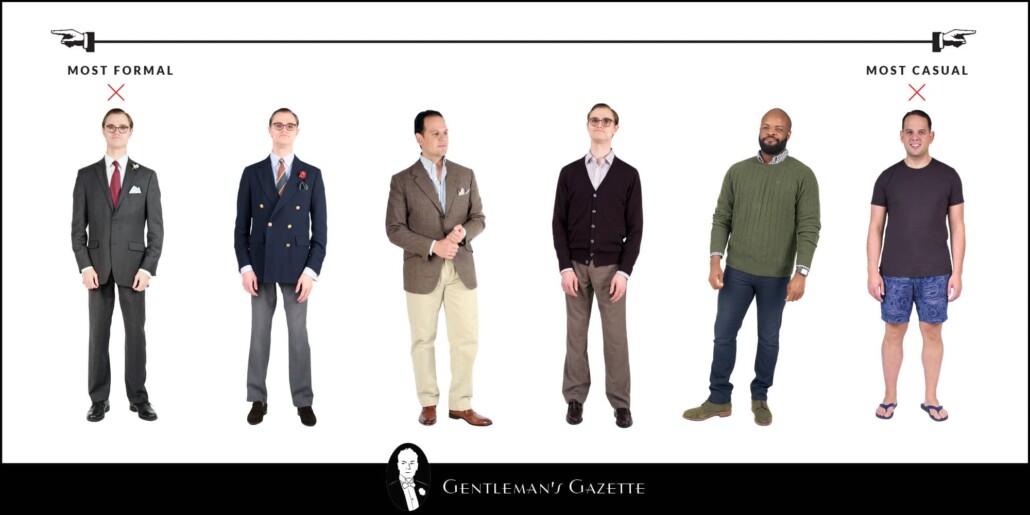
However, that choice might be polarizing to some and may work better in certain environments than others. In other words, you might get weird looks if you’re in a suit and your boss wears sweats.
Once you have an idea of what kind of outfit you want to pull off—or, in this case, put on—at the office, compare it to the examples that we are about to show you of what the three modern tiers of business casual look like in the majority of workplaces today, and find the best tier that works for you and your work environment.
Build a business casual wardrobe that fits any office environment!
The Three Tiers of Business Casual
Now, let’s drill down on those tiers, starting with casual business casual.
Casual Business Casual
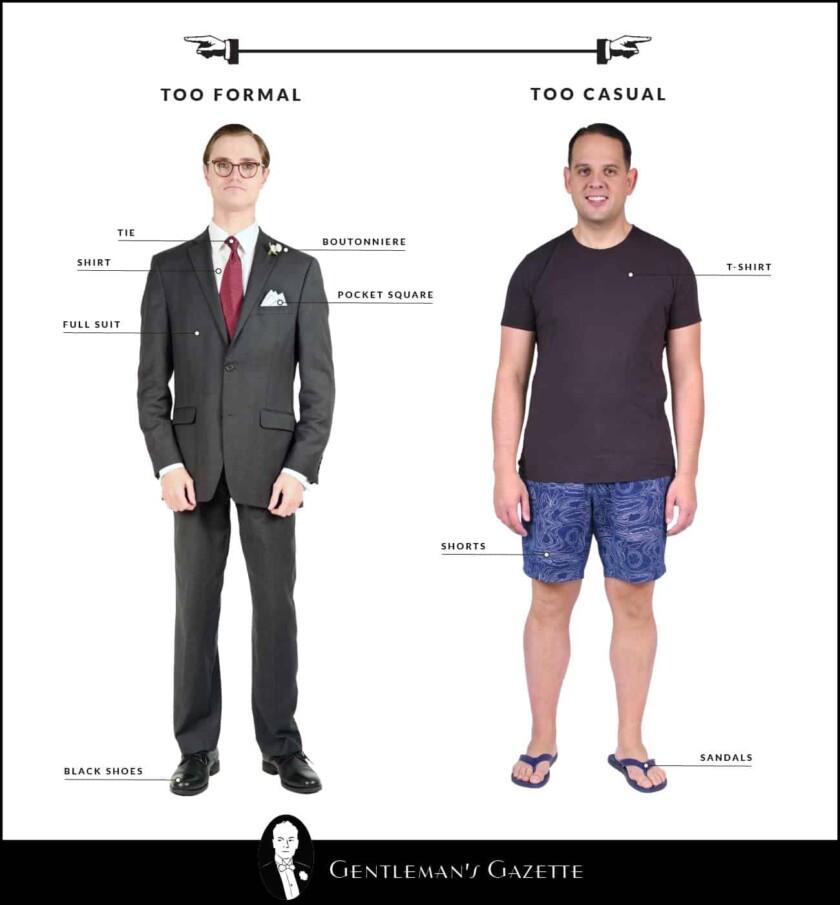
Often, the lowest tier of business casual is associated with startups and relaxed businesses and really is just casual clothing at the workplace, where it is not unheard of to see hoodies, graphic tees, sandals, or sweatpants worn by some employees and bosses, like the Mark Zuckerbergs of the world.
Some people love this level of nonchalance, of course, but if you’re a fan of classic style, it might be a bit more difficult to put together outfits when it is not entirely out of the question to wear pajama bottoms. The good news is that it doesn’t take too much effort to stand out in a good way, as even a little extra effort goes a long way.
Clothing Options
Believe it or not, items like camp shirts, sports shirts, Hawaiian shirts, polos, and even some sweaters were mainly reserved for leisure time during the Golden Age of Menswear—before the invention of casual Friday, at least. Today, these garments can appear put together and intentional while very comfortable and unassuming.
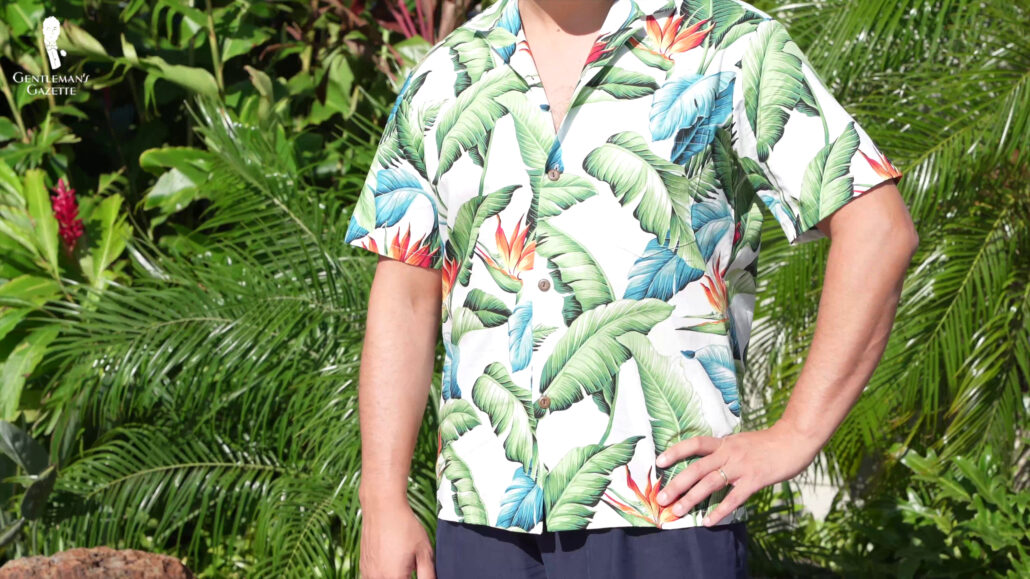
Even in very casual environments, trousers that are typical for work are more in line with the outfits that we like to promote, like chinos. But some shorts in casual warm-weather fabrics, like seersucker or linen, might also work in seasonal rotation if you want to experiment with them.
Still, dark-wash, well-fitting jeans, linen slacks, or other casual fabrics will give you the most flexibility with outfits.
Footwear Suggestions

You can also wear casual shoes like chukka boots, suede shoes, or maybe even dress sneakers. Suede is especially nice as it has a more laid-back feel than calfskin leather but still looks much more polished than tennis shoes or more casual sneaker styles, helping you look more professional and put-together in the process.
Mid-Level Business Casual
Most major corporations nowadays will operate on this new mid-level business casual, and this is what most companies actually mean by the business casual dress code. A uniform of dress shirt, chinos, and Patagonia fleece vest has become something of a stereotype look for many businesses over the last decade.
Some people are so proud of their Patagonia that it has earned the nickname “Patagucci.”
Avoiding Corporate Stereotypes
But there is much more room for creativity and stylish outfits than just this new-age version of a drab and uninspired combo. It is important to be aware that due to the ubiquity of this dress code on the corporate level, many cultural trends and tropes are associated with it now.

A version of “corporate cool” has developed that isn’t quite the same as the classic style. If you want to keep things more classic, then avoid any resemblance to a Succession cosplay. So, no puffer vests, other trendy layering pieces, or black baseball caps in the boardroom.
10 TV Shows Every Menswear Fan Should Watch
Clothing Options
Long-sleeve dress shirts will best serve as a foundational piece in solids or light patterns and can be an OCBD or a regular dress shirt, depending on your preferences. But things like fit, material, and pattern type will help you subtly stand out with your attention to detail.

For trousers, tan chinos are the default choice you see people opt for within the dress code range, and that’s perfectly acceptable. But more interesting fabrics like corduroy, flannel, and tweed are also very classic and work just as well for this formality range, so you can stand out positively by thinking just a little outside the box.

Fort Belvedere
Dark Brown Stancliffe Corduroy Trousers

Fort Belvedere
Midnight Navy Blue Stancliffe Corduroy Trousers

Fort Belvedere
Goldenrod Yellow Stancliffe Corduroy Trousers
Layering Pieces
Next, layering pieces are where you can get the most styling points in this type of dress and expand beyond the uniform you’ll see the majority of people default to. Cardigans and other sweater styles are some of the easiest and most seamless ways to add visual interest to your outfits without straying from the established formality level.

More casual jackets, like leather or field jackets, can also work well here, especially if you spend any part of your workday outdoors. If something like a sports coat is too much, the emerging sweater blazer might be a good option for you, as it bridges the formality level between tailoring and knitwear without seeming too dressed up.
Footwear Suggestions
As with any outfit, the shoes you opt for will be the foundation for looking polished, especially if the shoes themselves are polished. Given that tailoring often won’t be seen in this level of dress, more casual styles like wingtips, loafers, and dress boots—often in colors other than black—are going to work well.

Formal Business Casual
Some professions still do traditional business casual, and this tier is one of the most closely aligned with the definition of business casual we often refer to as part of Classic Style. In comparison, many corporate fields have relaxed their standards, while many lawyers, doctors, professors, and such will still hold the formal business casual tier as their uniform standard of dress.
“Formal” Business Casual is the Original Business Casual
The formal level of business casual is what originally was considered the expected standard during the Golden Age of Menswear and has only been changed over the past couple of decades. The traditional definition has some element of tailoring within the outfit, whether a sports coat, a vest, or maybe even something more whimsical like a shooting jacket—even if you’re not going to the English countryside while wearing it.
What not to wear to the office?
Recommended Dress Shirts
The same elements from modern business casual still apply to the shirts that are most optimal for formal business casual dress codes. They work better when they can still pair well with the jacket, meaning that solids, light stripes, or thinner checks will be the foundational pieces, as they serve more as a layering piece than the main element of your upper half.
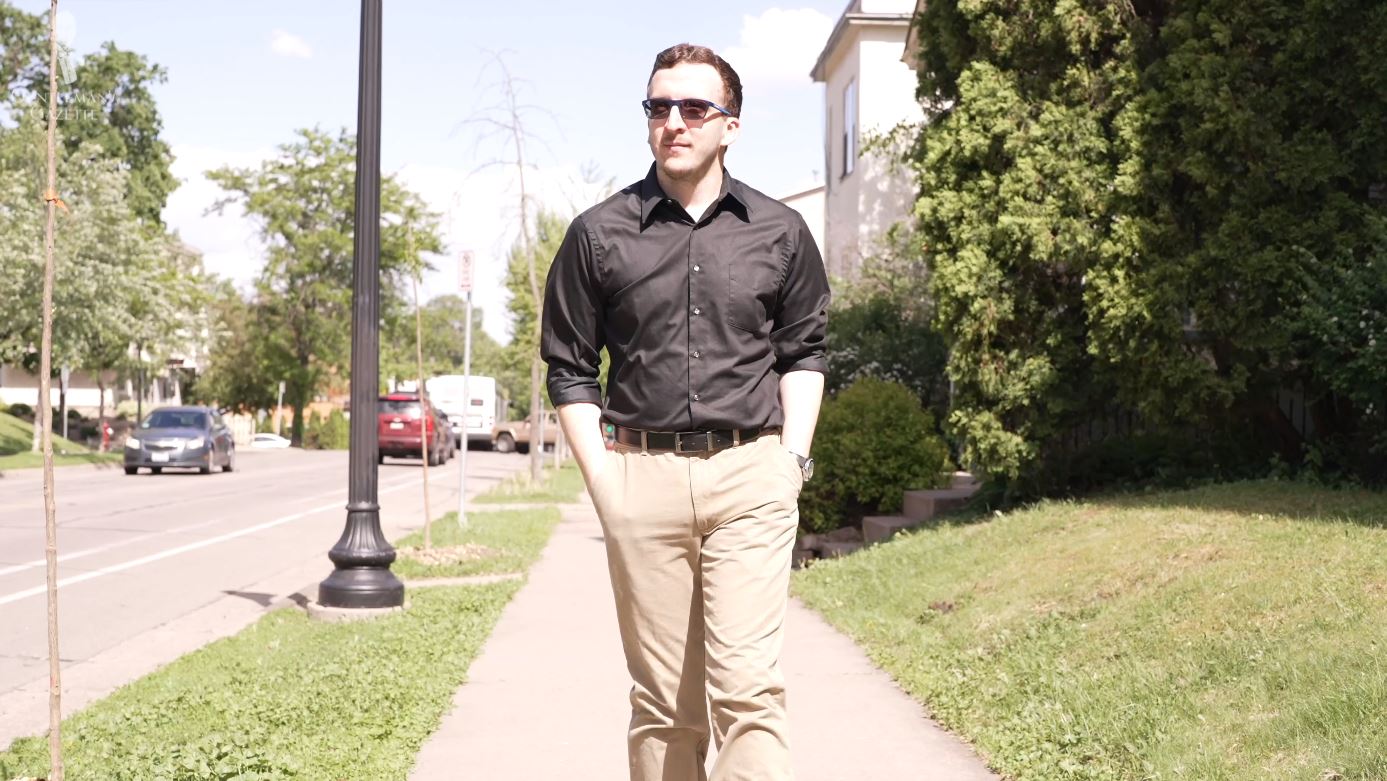
Solid dress shirt

Fine stripes dress shirt

Check dress shirts
Jacket Options
Tweed jackets will be much more commonplace at this level of dress. You’ll generally want to stick with sport coats or blazers as your topmost layering piece, particularly in tweed or coarser fabrics unique to sport coats.

Or, if you prefer blazers, opt for ones with traditional brass or neutral buttons. This way, you’ll reinforce that your jacket is in the business casual range and that you’re not just trying to wear suit separates.

Since something like gray pinstripe trousers with a navy suit jacket doesn’t match all that elegantly—as the fabrics are a bit too formal for this dress code when disjointed—people will usually identify that something is off when seeing an outfit like this, even if they can’t articulate why.
Trouser Choices
Dress pants and odd trousers are more uniformly used in formal business casual. You can go with smooth, worsted fabrics here if you’re trying to get more formal, but previous examples like flannels, corduroys, and tweeds can also still work here.

Chances are, jeans will be too casual to pair well at this level, but this assumption will again depend on the working environment. As a general rule of thumb, if you wear a tie with the ensemble, it’s too formal to wear jeans with it.
Can jeans be formal?
Tie Considerations
Similarly, ties may or may not be optional at this level of formality and will be dependent on the workplace norms for your office. More casual ties can be well-utilized even in formal business casual.
Knit or woolen ties are good examples of business casual tie styles.

In contrast, shinier silk ties may be too formal when paired with more rustic fabrics since they’re usually better suited for the smoother finishes found in suiting, and suiting is often too formal for even formal business casual.

Footwear Suggestions
At this level of dress, full oxfords are still not going to be the most optimal footwear choice. If you only own a couple of pairs of shoes and are still trying to build out your collection, they can be perfectly serviceable in a pinch. Black oxfords are probably not going to blend well with the more rustic elements commonly seen at this level of dress, but double monks, wingtips, and bluchers will be more at home.
Your guide to business casual footwear starts here!
Business Casual Doesn’t Have to Be Boring
There is plenty of room for personal expression and positive ways to stand out with these classic style tips, which leads me to my outfit today.
I am wearing a glen check sports coat, and underneath it, I am wearing a quarter-zip sweater. Underneath that, I am wearing a white T-shirt, and you could say that this is a very low-level tier of business casual.

I decided to pair everything with a pair of dark wash denim, and lastly, I paired it all together with a pair of wingtip brogue boots. On my wrist, I am wearing a Timex automatic watch. For my pocket square, I decided to wear a brownish-maroon pocket square with a paisley pattern. Blending in the flannel denim kind of rustic elements, I did wear a suede brown belt.
For my fragrance today, I am wearing Blue Suede Shoes from the Roberto Ugolini collection. You can find this fragrance and other menswear accessories at the Fort Belvedere shop.
How do you like to do business casual? Let us know in the comments.
Frequently Asked Questions
What is business casual?
Business Casual is a dress code that aims to blend professional wear with a more relaxed style. While it’s less formal than traditional business wear, it still requires a degree of polish that suggests professionalism and respect for the occasion.
Are there levels of business casual?
Business causal today can have a couple different definitions. Generally, there are three different types, casual business casual, modern business casual and traditional business casual
How do I wear business casual well?
What version of business casual will work well for you is dependant on your work environment and own personality. Pay attention to how others dress and whether or not you are expected to fit in with them.
How to look good in business casual?
The way to look good in business casual can vary slightly depending on your environment, but following classic style principals will give you the best possible results. Make sure your clothes are well-fitting, clean, and ironed. Stick with neutral colors for easy mixing and matching, though subtle patterns or pops of color can add personality to your outfit. Accessories should be understated and functional.
Are jeans considered Business Casual?
Typically, jeans are not considered appropriate for Business Casual. However, in some modern workplaces or casual Fridays, dark, unripped denim might be acceptable. It’s always best to check your company’s specific dress code policy.
Can I wear sneakers in a Business Casual environment?
Sneakers are generally too informal for classic Business Casual attire. Opt instead for loafers, oxfords, or other dress shoes. Some companies may allow clean, minimalist sneakers, so look into your company’s dress code.
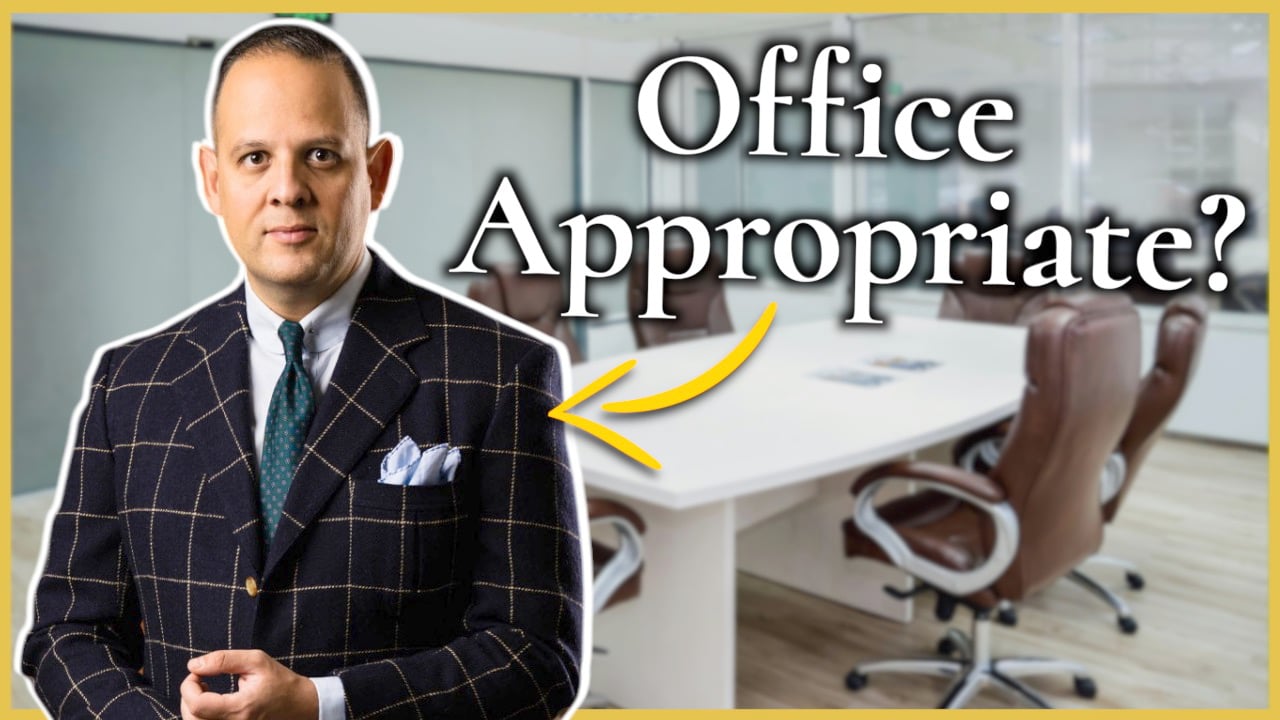

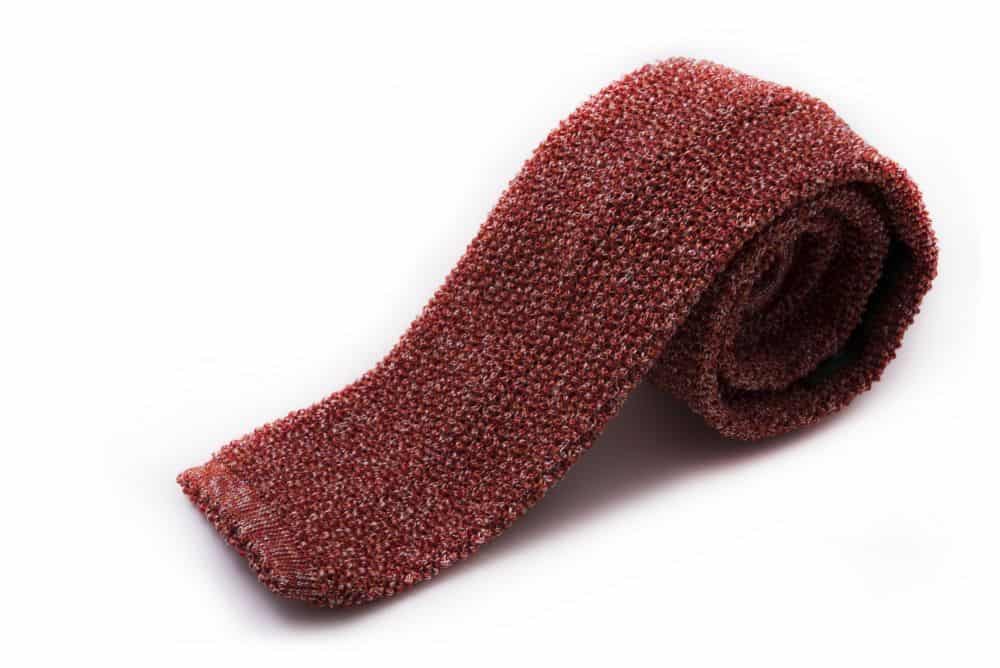
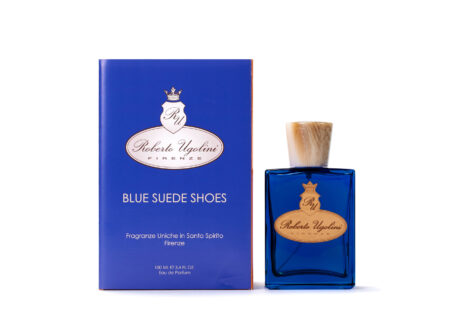

Don’t like that undershirt look. One might conclude the wearer was to lazy to button up the shirt. Some military uniforms allow showing the undershirt, however I find it tacky..
There are always athletic tank top undershirts and James Garner in the TV show Rockford Files always wore a “V” neck undershirt. He always wore and open top dress shirt and his never showed.
The issue with the military uniforms showing the undershirt is because they do not basically want the uniforms to show chest hair (which is really awful).
That makes two of us. The overall outfit has a lazy vibe to it as if the wearer has thrown the jacket on almost as an afterthought (having grabbed jeans, t-shirt and sweater as the nearest publicly presentable outfit he could find) to make himself appear businesslike. In reality, all it’s done is dress down the jacket.
Dressing down the jacket may be the intention for some readers. Regardless of the skills you possess, there’s no guarantee you’ll be able to dress the way you want to in a workplace, therefore an outfit like Ivan is sporting may be the only way some readers might be able to incorporate smarter elements into their work wardrobe.
The “Patagonia casual” office is actually something I have quite a bit of experience with, and it’s fun to show up in something not-quite-expected but within bounds.
First of all, undershirts don’t have to be white. A dark charcoal or burgundy undershirt, with an extra button undone on your overshirt provides a contrasting vee that draws the eyes up to one’s face the same way a well-fitting sport jacket does, without wearing a tie. The layering effect you get by adding a sport jacket in a harmonizing color or pattern is also nice. Wearing boots and dark or lightly faded denim pants keep the outfit’s formality down within the expected range.
As far as vests go, I *never* wear puffer vests as I find them uncomfortable. In fall and winter, tweed or moleskin vests are great, and I regularly wear them over a tattersall shirt. In summer, I wear a linen vest or jacket, or sometimes an unlined cotton safari vest.
By wearing just one or two things that are “off” from the expected, but well within the bounds of casual classic style, I feel confident and comfortable while not being offensively flamboyant in dress.